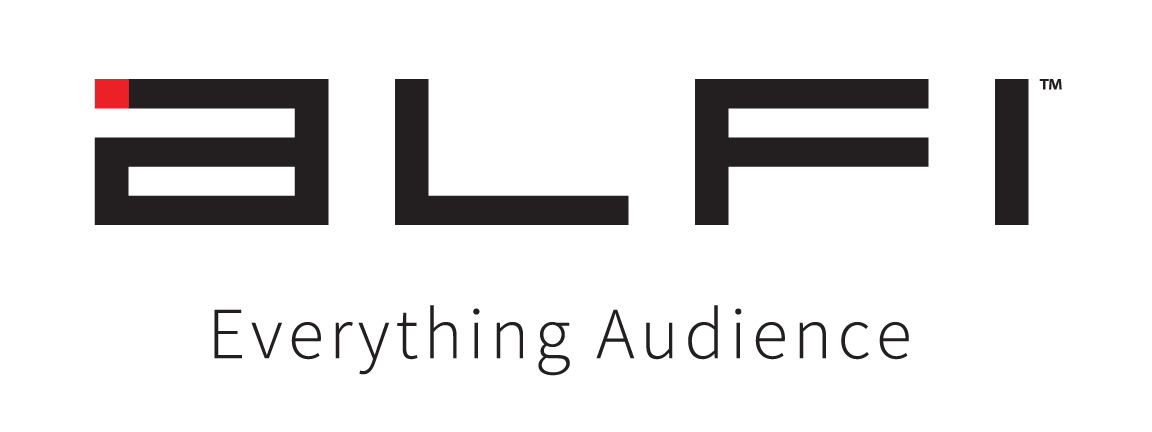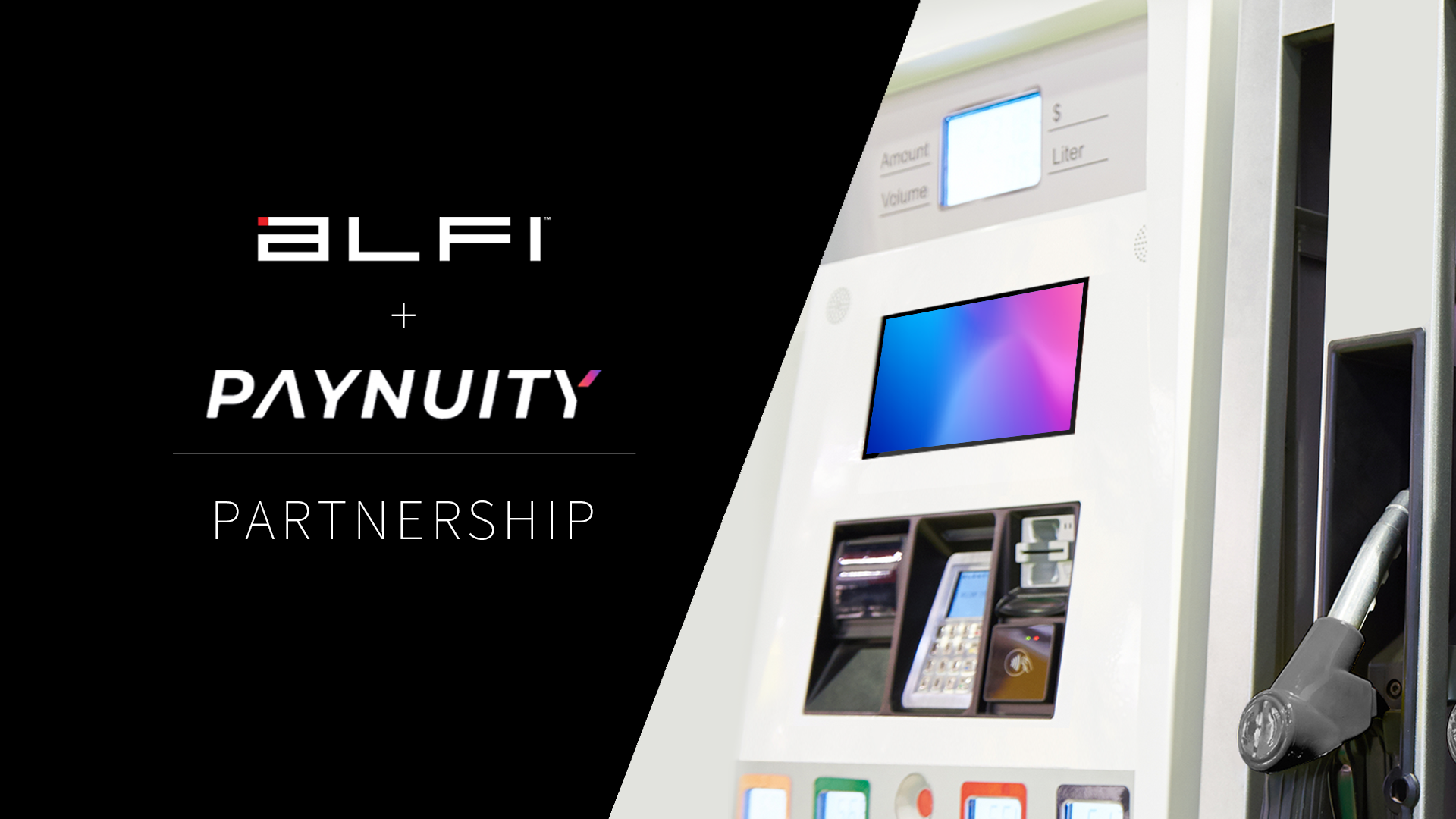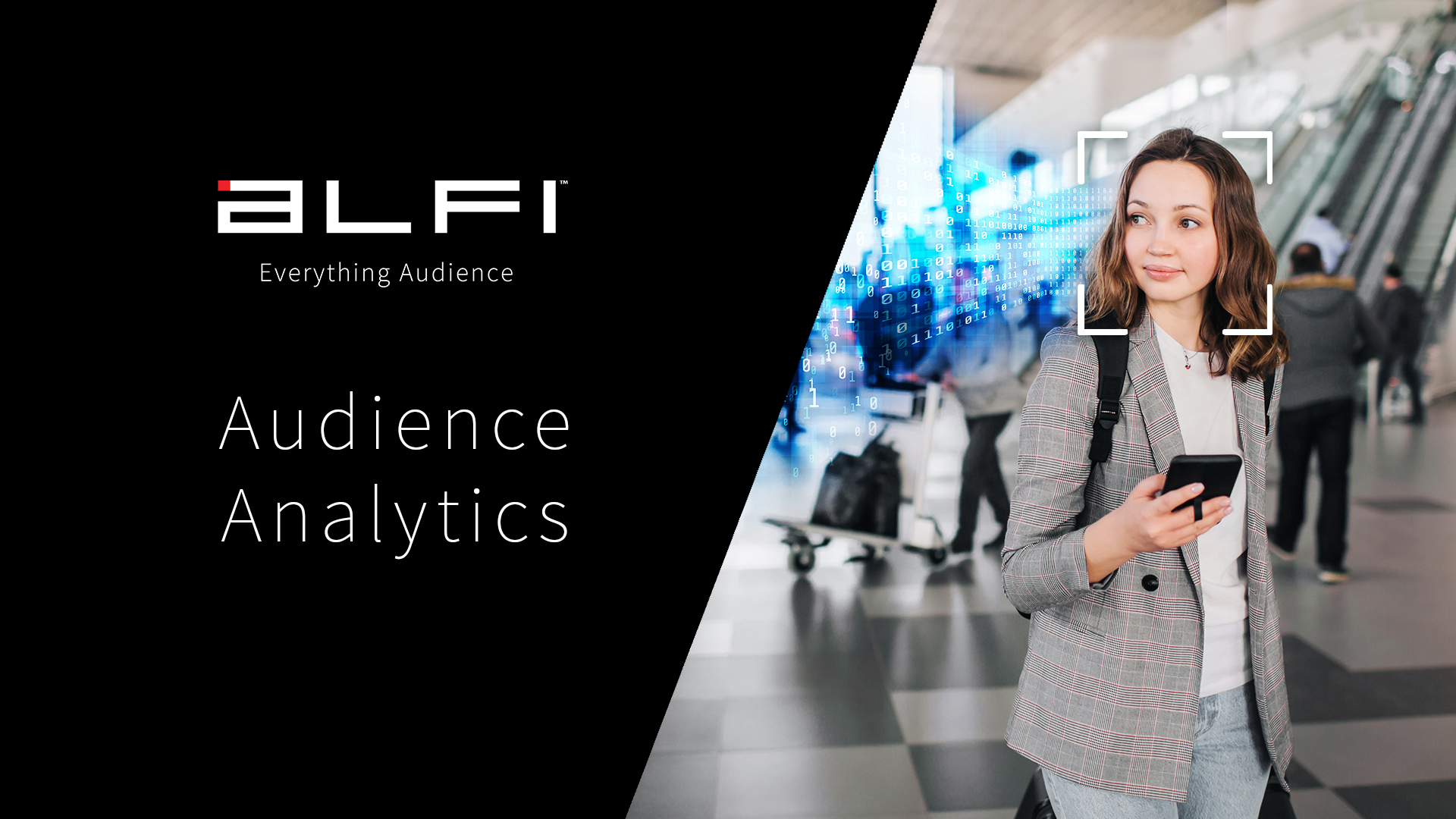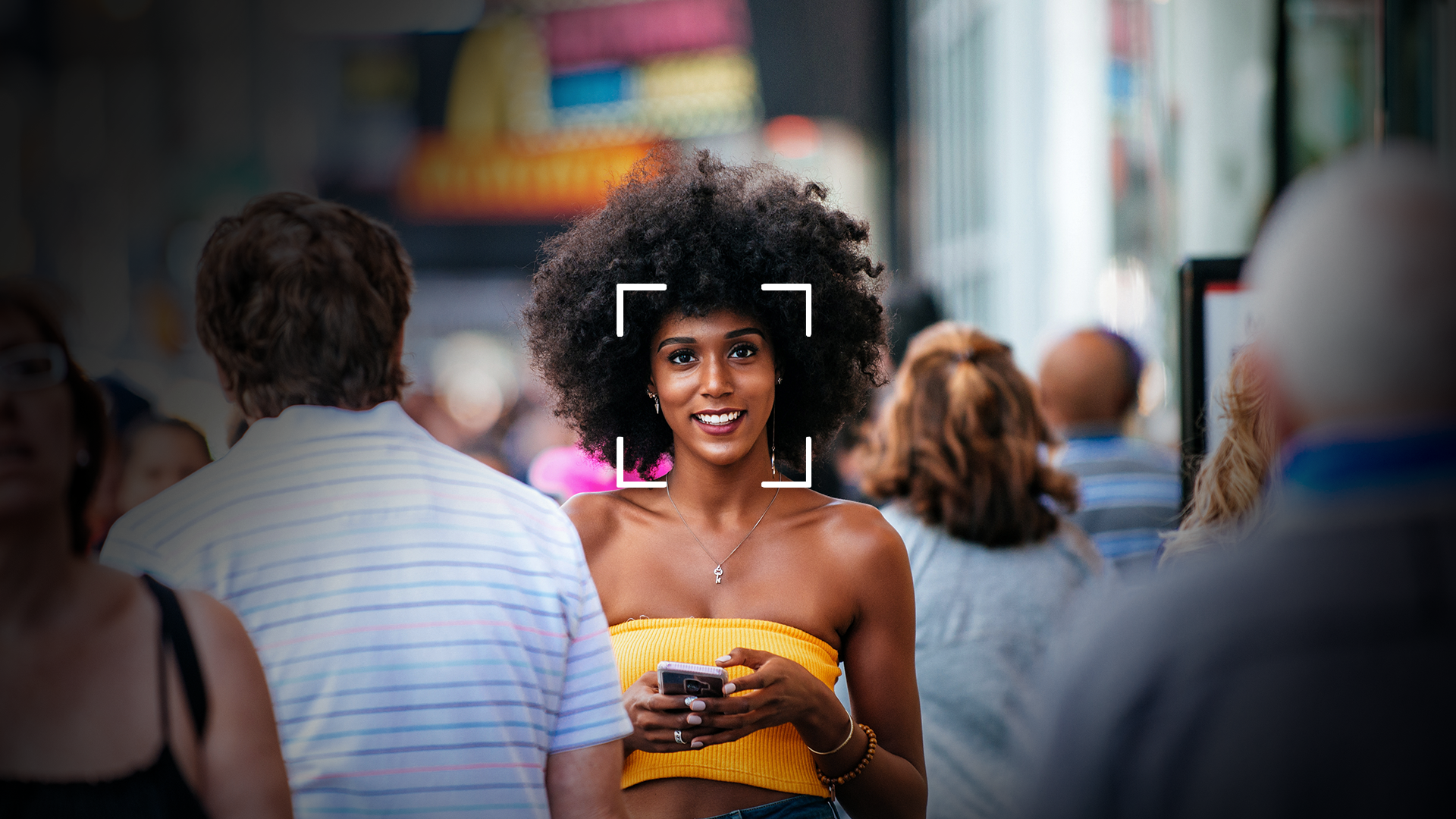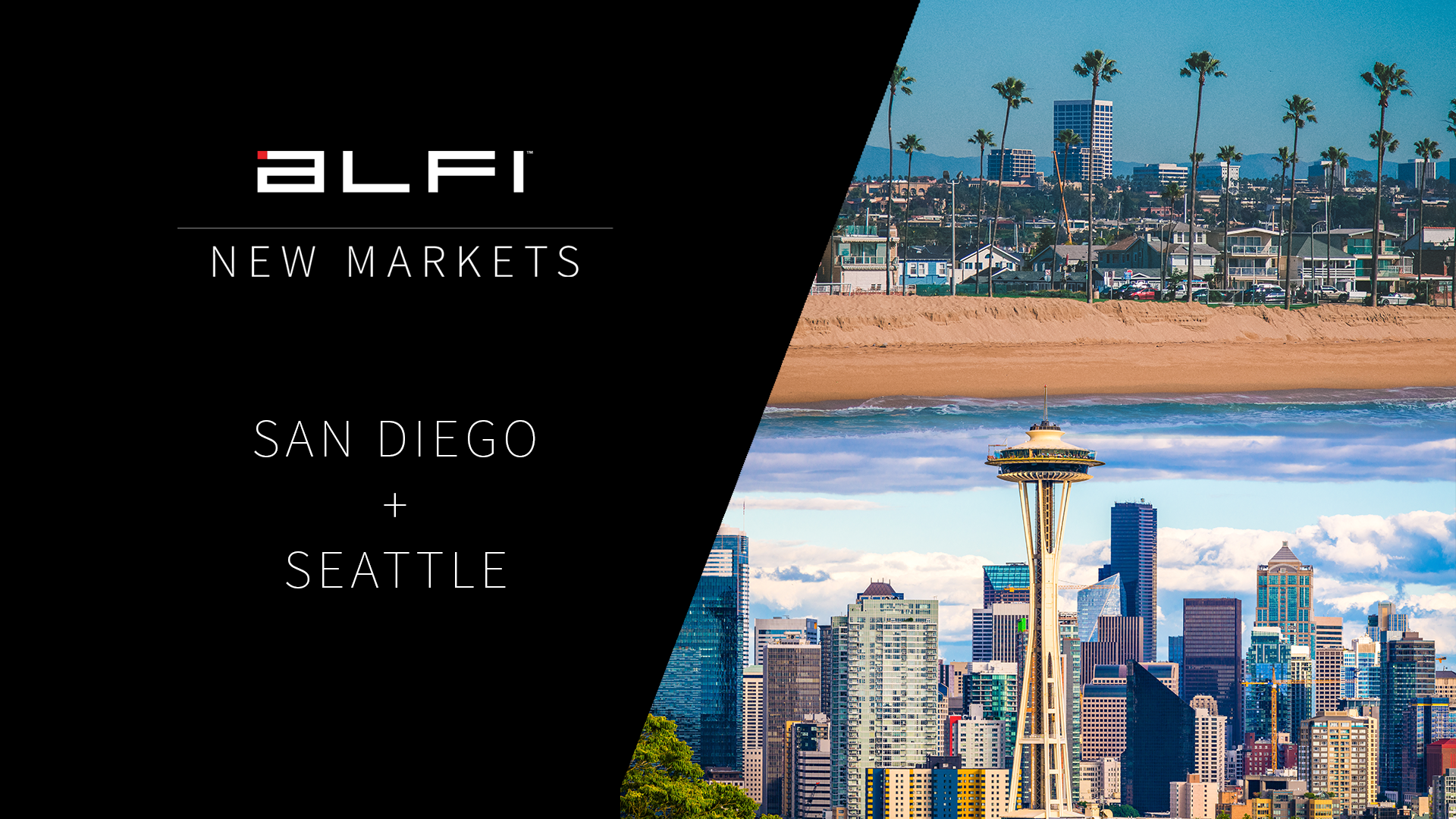In terms of digital out-of-home (DOOH) advertising, the pandemic accelerated many trends that were already gaining popularity before regulations for social distancing and isolation were put in place.
The use of DOOH is only gaining in popularity and for good reason; it gives brands access to real-time data, allows them to update marketing content mid-campaign to adjust to changing trends, and provides a profitable, effective, ethical way to better target potential customers.
Let’s dive into some of these consumer behavior shifts and explore how they are driving DOOH advertising growth in 2021. But first…
Is DOOH Advertising Still Effective?
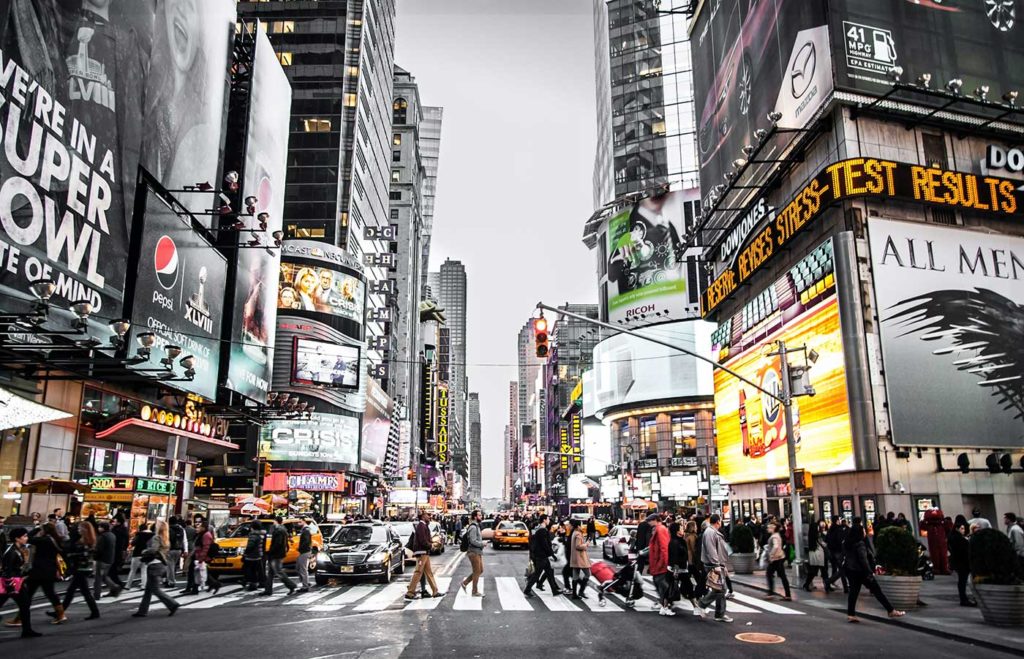
When COVID-19 hit full force, travel was severely impacted, slowing to a standstill along with other major industries. Businesses and brands had to quickly halt existing campaigns, rapidly adapting products and services to accommodate new consumer needs, regulations, and supply chain shortages.
With less travel and fewer people venturing out into crowded spaces and retail stores, pandemic advertising, in general, saw a decline for a short time.
However, after a quick hiccup, the global DOOH advertising market is slated to grow from $4.3 billion in 2020 to $5.6 billion in 2026 at a CAGR of 6.8%, according to Marketwatch.
Advertisers are investing in OOH as things are steadily revving back up. GroupM’s forecast shows global advertising growth at 12.3% in 2021. And according to WARC’s latest report, OOH will be the second-fastest-growing medium in 2021, with ad spend increasing more than 20%.
Now that vaccines are rolling out across the country, expect business across industries and ad spend to be booming – with a few changes factored into the DOOH sphere. As people travel beyond their immediate, essential stores to more luxury, retail locations, brands will have more opportunities to connect with them wherever they go.
There is no denying that DOOH is quickly gaining speed as an effective marketing tool. What’s driving this DOOH advertising growth? A number of factors.
Digital Solutions Have Become the New Norm
The age of digital is here and thriving. And what’s more, it’s not going anywhere anytime soon. COVID-19 simply reinforced and cemented that transition.
The pandemic forced many businesses to shutter their brick and mortar locations, forcing brands to shift their attention to expanding their e-commerce offerings, doing their best to promote different inventory as consumer needs shifted and typically successful marketing channels dried up.
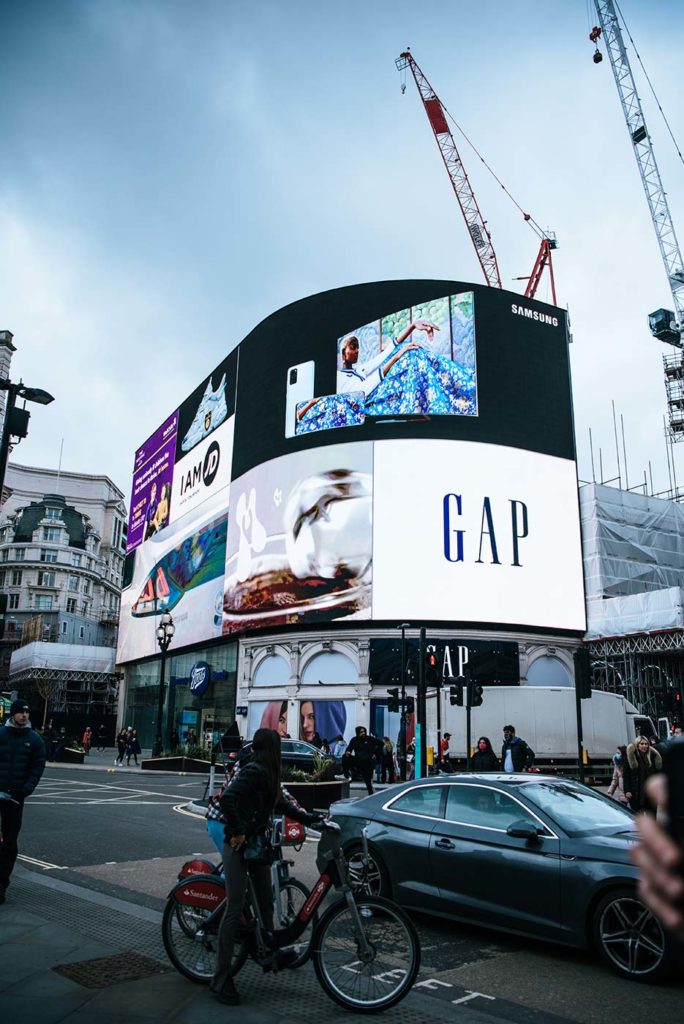
The “Work from Home” and Homebody Shift
Many businesses have already found new ways to adapt their work environments to hybrid or fully remote models, after shifting resources around for over a year in learning to navigate a new normal for their workforces.
Why does this matter?
For many people, this trend will change the distances people travel daily, where they go on a regular basis, shifting the marketing target to center on hyper-focused local areas. DOOH can help enhance targeting with personalized solutions that deliver results. And mobile might just be the right pairing for your OOH offering.
OOH and Mobile: The Perfect Combination.
With mobile ads, brands can target audiences in specific neighborhoods or around their local communities, when they are at home, and even as they run errands.
Research shows that pairing OOH and mobile advertising increases engagement rates by 48%.
While engaging OOH ads offer real-life messages with eye-popping designs, mobile targeting provides one-on-one engagement for audiences, allowing them access to learn more about a brand, product, or store location. Combining the two makes total sense.
Mobile OOH targeting gives advertisers the power to connect with audiences in specific locations or based on spots those people have visited over the last 180 days, for example. This personalized marketing provides a user experience like no other, giving brands the opportunity to solve unique problems for new customers.
Increased Demand for Hygienic, Touch-Free Solutions
In addition to remote work shifts and mobile OOH advertising, 2021 has seen a rise in more stringent consumer demands regarding safety and hygiene. According to McKinsey, many Americans have added a low-touch activity – think grocery delivery, curbside pickup, in-store pickup, etc – to the mix since the pandemic, some of whom intend to continue this behavior after the pandemic.
These conveniences are here to stay: 79% of consumers surveyed said they would continue or increase their use of self-checkout options in retail locations after COVID-19. Millennials and Gen Z are the widest adopters of contactless activities. This presents an incredible opportunity for connecting with larger audiences in better locations centered around users’ daily lives.
In response, many companies have sought to offer additional touch-free tech screens and solutions within retail stores and essential businesses. These DOOH channels offer a much-needed sense of transparency that has become increasingly important for restaurant and store visitors.
Brands should keep this in mind and monitor customer feedback, keeping their concerns at the forefront of content planning – for the time being, that includes cleaning protocols and mask requirements.
The Number of DOOH Screens is Growing
Given their success rate and conversion value, it makes sense that the use of DOOH screens is steadily increasing.
In 2020, there were more than 9,600 digital billboards, 33,800 digital taxis, and 1,250,000 digital place-based ads across the U.S. alone. That number has increased by 43% over the past four years. And it’s clear to see why. Digital spending is only going to get easier and more accessible as smartphones become the primary internet channel.
More DOOH screens mean more opportunities for brands and agencies to connect with passersby and consumers nearer to the point of sale or during moments and times of day convenient for impulse shopping.
For example, a fast-food company’s digital billboard advertising larger-than-life, crispy, golden fries and a delicious, loaded cheeseburger might be even more powerful late at night, beckoning to potentially hungry drivers.
Establishing Omnichannel Branding
Plus, by creating a unified omnichannel user experience across all of their various marketing channels, brands can expand their reach even more:
Research from the OAAA has shown that combining OOH advertising with other media types can increase reach by 18% for television and up to 316% for mobile advertising.
OOH is, in a sense, an influencer unlike any seen on social media. According to Thought Leadership, 48% of brands use OOH to build brand awareness, seeing their trust ratings grow by 24% while consumer confidence improved by over 100%.
Consider how these ads can inspire consumers to act by piquing their interest with creative messaging, posing a thought-provoking question, and leaving a sense of mystery in the viewer’s mind which compels them to carry the branding into a different channel – ever closer to a conversion.
It’s only logical that media companies reevaluate their omnichannel sales approach to incorporate a combination of engaging digital, streaming, and digital outdoor offerings to drive better results and boost revenue.
Brands need to consider how to clearly convey to customers all context, relevance, and value in an instant – and in a way that makes consumers want to search for that brand, product, or service on social media, an e-commerce website, or an easy-to-use app.
With people especially sensitive after the pandemic, the election, political movements, and other events unraveling over the past year, personalization and sensitive marketing with context have become the expectation.
The Rise of Programmatic DOOH and Real-Time Bidding
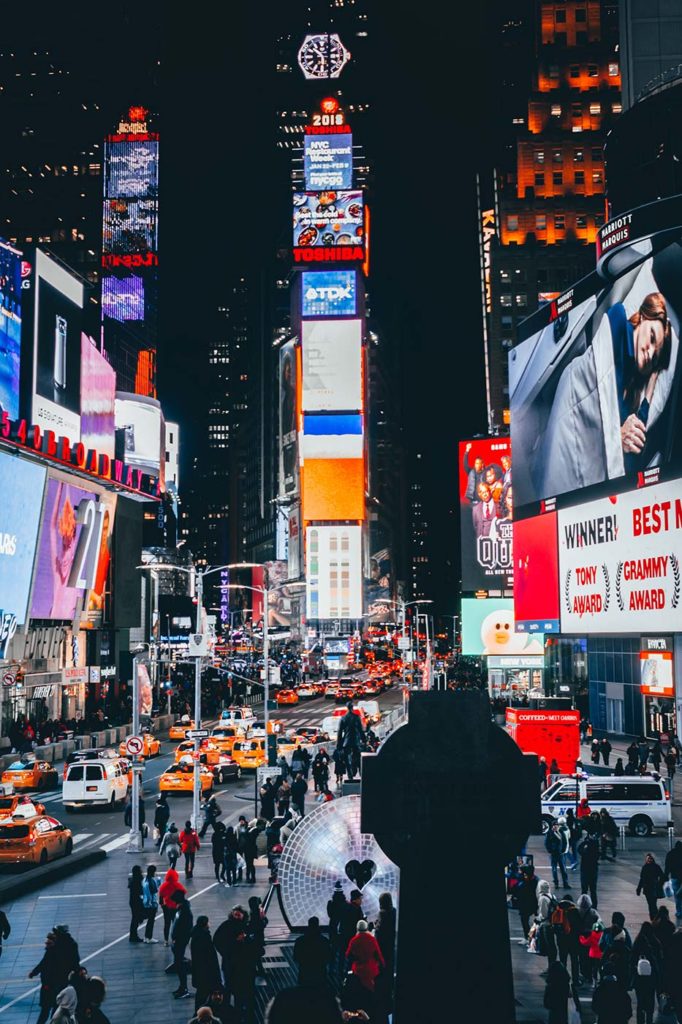
Newer, faster technology now allows for incredibly convenient integrations – think real-time data results, demand-side platforms (DSPs), and supply-side platforms (SSPs) – making the jobs of marketers, agencies, and brands far easier.
DSP and SSP Integration to Increase Programmatic DOOH Access
Over the course of the last few years, more DSPs have begun offering integrations with DOOH SSPs to ease access to programmatic DOOH for omnichannel media buyers.
These platform integrations allow advertisers to find, buy, and/or bid on inventory, matching companies to valuable ad space and target consumers instantly. DSPs are efficient because they connect to advertising inventory supply sources where tons of publishers make their supplies available, so advertisers can buy placements across many different publishers’ websites and mobile apps based on impressions. Many even offer cross-channel media buying too.
Automated real-time bidding (RTP) and programmatic advertising have transformed and expanded business outreach, better highlighting trends and generating intel on consumer behavior. Campaigns can be optimized far more quickly than alternatives, allowing companies to capitalize on good opportunities while quickly cutting losses on missed ones.
Instead of having to negotiate with multiple publishers across multiple sources, brands can go to one location across multiple spaces, industries, and locations, input their campaign information, sit back, and adjust the content as data rolls in.
DOOH Offers Versatility and Flexibility to Brands
The DOOH possibilities are limitless with brands exerting much more control over marketing campaigns than before.
With real-time impressions generated from actual consumers, ads can now be dynamic, giving agencies, marketers, and brands the ability to adapt and shift strategy mid-campaign. Now, more than ever, that power is vital to advertising success.
The pandemic brought many ad campaigns to a screeching halt. DOOH affords brands the freedom of planning short-term promotional campaigns based on actionable insights from real consumer behavior. This can help in crafting a personalized experience for each unique customer.
Powerful AdTech company ALFI offers advertisers the ability to use detailed targeting options for their digital out-of-home campaigns, pay for impressions, and receive detailed analytics to optimize their campaigns.
Ad A not performing well? Take it down early. Ad B showing huge success? Invest more and double your conversions. ALFI removes the guesswork.
For more about the role of DSPs in OOH advertising, check out this article.
Fighting Consumer Brand Switching
Maintaining a connection with consumers is going to be vital in succeeding in a stimuli-rich, ever-engaging digital environment.
The height of the pandemic saw not a decrease in spending but instead, major shifts in where consumers put their money. And when it came down to it, brand loyalty seemed to be less important than overall value:
75% of surveyed consumers tried a new shopping behavior and most intend to continue it beyond the pandemic; 36% of consumers tried a new product brand and 25% tried a new private label brand, according to McKinsey. Of those who tried new brands, 73% intended to add new brands into their routine.
Existing brands need to find new ways to stay relevant to existing customers. For new brands, this offers the potential for a foot in the door. Consumers are out there, waiting for your unique elevator pitch. DOOH offers the perfect channel for connecting with consumers at the right moment.
Why the shift in brand loyalty?
In short, greater availability (both on and offline), convenience, and added value. Businesses that have been able to mobilize inventory, shift to e-commerce and digital platforms, and provide added context and relevance to potential customers, have led their respective industries.
The Future of Outdoor Advertising
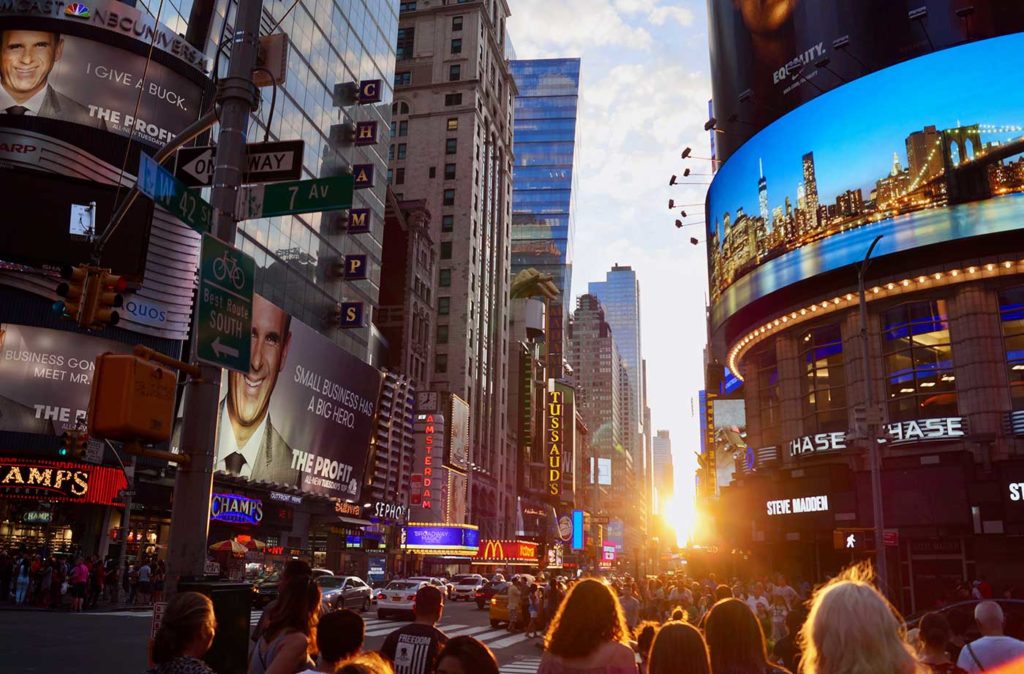
Beyond trying new brands, people are also finding their way back outside again. And beyond just being present in public spheres, those people are interacting more and more with outdoor ads.
OOH has seen an increase in use when engaging audiences across retail, especially when it comes to screens displaying inventory in supermarkets, providing transit updates on the side of the road, and others.
According to Technavio, the outdoor advertising market is poised to grow by $8.55 billion from 2020-2024 at a CAGR of almost 4%.
With over a year of consumers stuck inside on screens, digital fatigue set in, pushing more people to spend time outdoors, adopting new behaviors and activities as a result of isolation.
An OAAA recent report cites 69% of those surveyed have an increased appreciation for their outdoor surroundings. Plus, the report states that 45% noticed billboards and other OOH media more now than before the pandemic began.
And with the convenience of OOH, any physical space – kiosks, elevators, rideshare vehicles, transit stations, retail stores, malls, and others – can be transformed into an ad. Enhanced AI tech and real-time data measurements allow brands, agencies, and marketers to address audiences offline like never before with enhanced media options.
DOOH Recap and Recommendations
In order to compete in a market where consumers are easily shifting their loyalty based on value and context, businesses need to reevaluate their marketing strategy and omnichannel content to provide relevant info.
This means:
- With DOOH real-time data, brands can adjust marketing content and ad spend easily based on where consumers are now. Campaigns can be updated quickly, ensuring full coverage of the funnel.
- The digital aspect of OOH allows for instant updating of campaigns, allowing messaging and creatives to be synced with current safety procedures, hygiene transparency, and other information. There is no longer an excuse for outdated content.
- Brands should establish consistent messaging and an engaging user experience across all branding channels; ensure this meets the increasing at-home workforce.
- Companies might consider integrating more DOOH options that support online, curbside, and pickup solutions that support new behaviors and provide real-time analytics.
- It would be wise to reconsider and refocus consumer segments and target audiences based on new intel. Trends are changing, so stay ahead of them.
Benefits of DOOH Advertising
DOOH advertising provides thorough brand metrics at competitive pricing with real-time advertising campaign updates. New, powerful tech can be paired with dynamic, responsive content that shifts based on weather conditions, time, or location.
With the right combination of content and context, DOOH can launch brands to become household names.
Now that artificial intelligence can be integrated into marketing, advertisers can use better targeting options for their digital out-of-home campaigns to yield better results. Instead of showing their ads to millions of people, advertisers can now refine their targeting to reach the right person at the right time, improving ROI.
ALFI lets advertisers easily snag prime ad spots from prime publishers. Then, they can create campaigns that are shown to thousands of people every day in cabs, Ubers, hotels, restaurants, and much more. Want to know more? Drop us a line and our team will get in touch with you!
